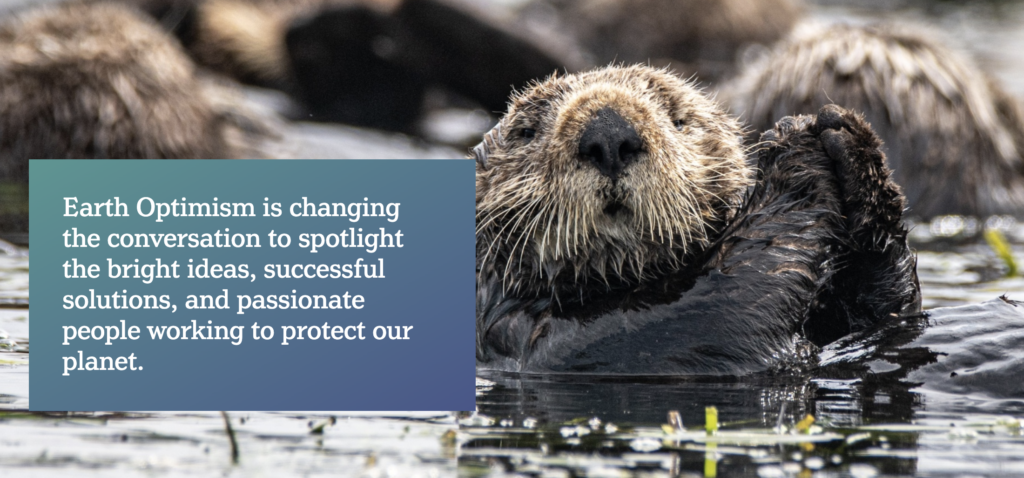Post# 7: What insights do you have about working in digital public humanities as a result of this experience? What new questions or ideas do you have as a result of this experience?
In response to the question above I’ll start by referring to George Mason University’s description of its digital public humanities program. It states that “digital tools and resources are transforming the ways in which organizations research, interpret, and communicate.” As a result of this transformation there is a growing interest in digital humanities. Organizations are keenly aware of the need to change the way they digitally communicate to the public. In fact during the past several years the digital media transformation has been amazing. Today, the Internet and social media overshadow almost all other traditional public media. However, with all transformations there are often many challenges to overcome. In regard to the introduction of new digital tools there is often a hesitancy to make a complete break with legacy processes. As a result organizations need to orchestrate a strategic approach that encourages their workforce to experiment with and ultimately adopt new digital tools.
My internship experience at that the Smithsonian Institution (SI) exemplifies this transformation. As an educational organization, the Smithsonian is recognized for its public facing and adoption of new digital technologies. But like most large organizations, the Smithsonian faces several challenges in managing this change. For example, in the past information technology was centrally managed, and new digital tools were introduced cautiously. But today, mobile apps, and cloud based applications, are being created with breath taking speed. In addition, large organizations are having a difficult time preventing various departments and individuals from purchasing and deploying new digital tools. As a result today’s workforce is growing weary of the introduction of new technologies.
Organizations are facing a significant technology fatigue. Many new technologies are disruptive (challenging the status quo) and end-users are becoming resistant to change. Especially if the perceived value of a new tool diminishes the value of an employee’s knowledge of a legacy system or process.

This semester I have been working with SI’s Earth Optimism (EO) team. EO is a rebranding of the original Earth Day which dates back to April 22, 1970 and was intended to generate awareness of the need for environmental protection. In 2017 the Smithsonian launched Earth Optimism to refocus the world’s attention away from the gloom and doom associated with climate change to a more positive message. As a result, during the past several years there has been a multitude of videos produced on the subject.
This year’s Smithsonian Folklife Festival on the National Mall will feature Earth Optimism for the first time. The EO team is planning many activities and displays including a “pocket cinema”, or small tent theater, where visitors will be able to watch videos on Earth Optimism projects from around the world. The challenge is that many of the videos have not been transcribed or captioned, and do not meet current accessibility standards. As a result, the EO team needs a digital tool that can easily extract from the audio the necessary text, transcribe it, edit it, and then “burn” the captions into the video.
While this type of AI based, natural language processing technology has existed for sometime, the Smithsonian EO team is just now “discovering” the need for it. An interesting insight is that without a defined strategic plan to research, test, and adopt new technologies organizations will continue to have challenges with their digital transformations. When an organization has a strong enough business case they can accept the disruptive nature of a new digital tool and eventually it will organically be introduced. However the adoption rate is going to be somewhat chaotic or even random.
What I have learned so far is that the success of adopting a new technology usually comes from the organization’s perceived value of a new digital tool versus a legacy system, or an older process. In the case of burning in captions, the Smithsonian’s legacy process required contracting out the service. But I was able to demonstrate that existing online applications could accomplish the task at a drastically reduced cost and quicker turn around. It is clear that employees need to know that they will not be penalized for experimenting with or introducing new digital tools. In the future, the need to adopt new digital public humanities technology will only grow. Especially if organizations are going to keep up with their mission to “research, interpret, and communicate.”